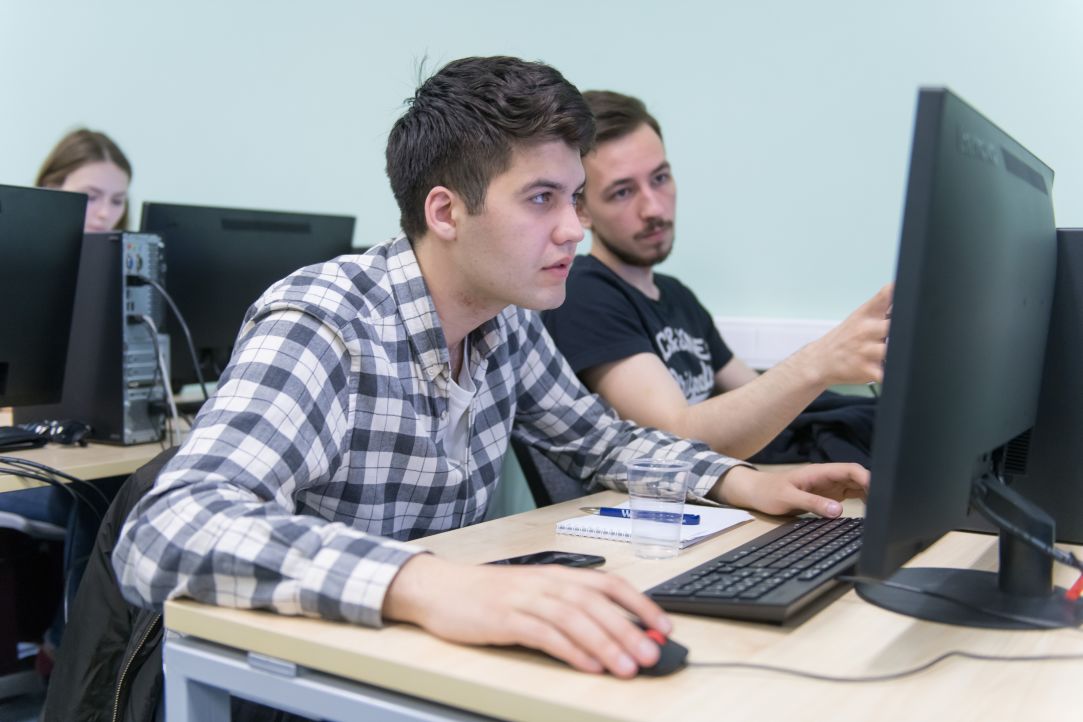HSE Fest, Day 4: Last Lectures before the Pitch Session
The closing lectures at HSE Fest dealt with education, medicine and neurotechnology—the spheres in which students launched startups.

‘Pretotyping’: is the product essential?
Karina Sotnik, Director of Business Incubation and Accelerator Programmes at Science Centre, continued discussions about product testing, an issue that had come up earlier during the festival. Before releasing a product to the market, it is important to make sure that it is indeed required by a potential user. As it turned out, many of the ideas of Google, Apple and Microsoft failed during ‘pretotyping’, and this saved companies money and time.
Invite future customers to your office and tell them about the concept, or even better—show them an unfinished product. After a week, be sure to get feedback: what they liked, and what they thought was superfluous. This is how Palm (a pocket communicator) was tested before smartphones entered the market. The author of the idea literally bought notebooks that match the size of the PDA, and asked friends to take them along for making plans, notes, etc.
At the end of her lecture, she talked about the key factors of success: proper time management, a team of professionals, an idea, a valid business model and budget.
Digital marketing strategies for B2B, or how to become super cool
Roman Kumar, CEO af Qmarketing Agency and a co-owner of Qlean, identified three types of content that really can help a startup. The first one can be an article with interviews, market surveys and case studies. The second one is visual media — a video that includes feedback from investors, customer impressions and instructions ‘how to do...’. It would be also great if you use banners, carousels (relevant for Instagram), infographics and stories.
There are also three ways to distribute your content: by publishing in media, by personal account on Facebook, and by targeting. Ascertain that your partners, when you contact them with a proposal for cooperation, say ‘Yes, I’ve heard a lot about you, you must be cool!’
Neurotechnology: when the era of change comes
Anna Shestakova, Director of the HSE Centre for Cognition and Decision Making, admitted that one of the main problems researchers in neurotechnology face is a lack of equipment. Many teams have to negotiate with private clinics in order to gain access to necessary equipment, and the current state of things constrains them.
She also said that more and more attention is paid to non-invasive interface—devices that read brain signals and transmit them to a performer. These devices are a real salvation for people with prostheses. However, to improve them, we need to study the brain’s reactions to changes using MRI and other complex devices stimulating brain activity.
The latest trends in digital health
Karina Sotnik also talked about digital health. Digital medicine is one of the most promising scientific fields that applies advanced technologies to solve health problems.
Mobile applications, social networks, different programmes and electronic devices have made it easy for patients to receive information about their health. One of these digital solutions is called the Spire Health Tag, a sensor that tracks sleep cycles, breathing, heart rate, stress levels and physical activity. Once the device is attached to one's clothes, it informs them about changes via and accompanying iPhone app. Such devices are able to diagnose diseases and warn patients before the first symptoms appear.
Many technologies are designed to simplify doctors’ work. For example, in 2019, Apple developed a programme to store and transmit patient records. It allows doctors and even entire hospitals to share information. The Dermtest, a device developed in Estonia, analyses skin and diagnoses melanoma in its early stages.
Karina surprised the participants by the fact that VR glasses go a long way in digital medicine. They relieve pain and help patients recover from surgery or serious illness. VR glasses are also used for training surgeons.
Farewell
At the very last HSE Fest lecture, the participants received some valuable pieces of advice.
Lyubov Simonova, a representative of Rostelecom, shared a secret to victory—if the participants really want to win, they should have not just an idea but a business.
The first step is to identify the problem and outline a plan for its solution. Evaluate the size of the market and explore who your competitors are. Do not talk about the disadvantages of your competitors; rather, explain why you think you are better than them.
The next step is to find out if clients know about your business. Gather data about your target audience, define a marketing strategy. Always ask yourself: what motivates a customer to spend money on my product?
Set a goal. Determine how much money you need to get from investors to achieve it. You should provide a clear plan to the potential investor that contains terms, expenses and tasks that will be solved at each stage.
Last but not least is people. Analyse your team and the experience each team member brings to the table, share responsibilities and agree on rules of the game.
Lyubov Simonova stressed the importance of remembering that you need not just an idea but a business that brings profit and a product that solves real problems that customers are ready to pay for.

